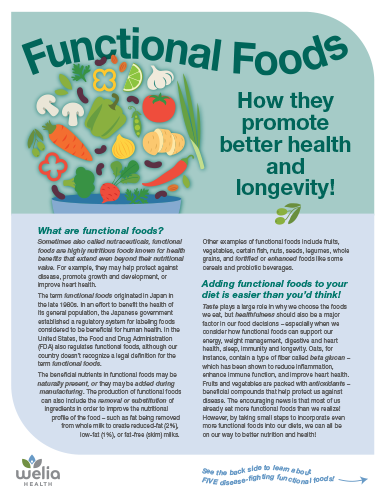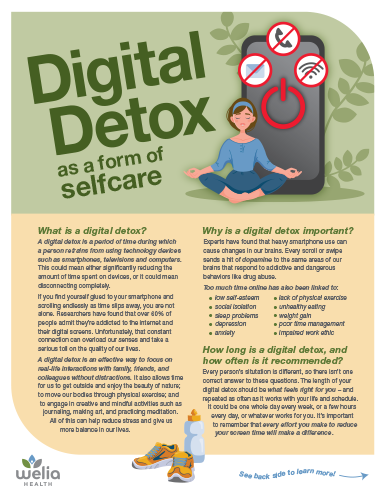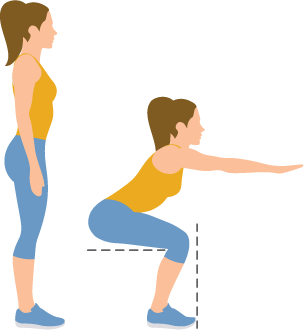How they promote better health and longevity!
What are functional foods?
Sometimes also called nutraceuticals, functional foods are highly nutritious foods known for health benefits that extend even beyond their nutritional value. For example, they may help protect against disease, promote growth and development, or improve heart health.
The term functional foods originated in Japan in the late 1980s. In an effort to benefit the health of its general population, the Japanese government established a regulatory system for labeling foods considered to be beneficial for human health. In the United States, the Food and Drug Administration (FDA) also regulates functional foods, although our country doesn’t recognize a legal definition for the term functional foods.
The beneficial nutrients in functional foods may be naturally present, or they may be added during manufacturing. The production of functional foods can also include the removal or substitution of ingredients in order to improve the nutritional profile of the food – such as fat being removed from whole milk to create reduced-fat (2%), low-fat (1%), or fat-free (skim) milks.
Other examples of functional foods include fruits, vegetables, certain fish, nuts, seeds, legumes, whole grains, and fortified or enhanced foods like some cereals and probiotic beverages.
Adding functional foods to your diet is easier than you’d think!
Taste plays a large role in why we choose the foods we eat, but healthfulness should also be a major factor in our food decisions – especially when we consider how functional foods can support our energy, weight management, digestive and heart health, sleep, immunity and longevity. Oats, for instance, contain a type of fiber called beta glucan – which has been shown to reduce inflammation, enhance immune function, and improve heart health. Fruits and vegetables are packed with antioxidants – beneficial compounds that help protect us against disease. The encouraging news is that most of us already eat more functional foods than we realize! However, by taking small steps to incorporate even more functional foods into our diets, we can all be on our way to better nutrition and health!
FIVE disease-fighting functional foods easy to add to your diet:
- BERRIES – Their deep purple, red and blue colors indicate they are rich in anthocyanins – antioxidants that contribute to brain and heart health. Berries are also full of pectin – a type of fiber that helps stabilize blood sugar and lower cholesterol – delivering even more good news for heart health. Blackberries, blueberries and strawberries are full of other health-promoting, bioactive compounds as well: flavonols, ellagitannins and phenolic acids all work together to help protect against a number of chronic diseases.
- BLACK BEANS – Did you know that through the years, black beans have been used to enhance the nutritional value of a variety of foods, from brownies to burgers? Not only are they versatile and affordable, black beans are brimming with good nutrition! Just a half-cup offers eight grams of fiber for better digestive health and blood sugar control, along with eight grams of protein to keep you feeling full.
- GREEN TEA – This calming beverage provides far more than just comfort; it boasts an array of bioactive compounds called polyphenols – including catechins and flavonoids – which can help manage body weight and reduce our risk for developing cardiovascular disease and diabetes.
- NUTS & SEEDS – Unless you have nut and seed allergies, these are nutritious, flavorful additions to your diet. Nuts and seeds are heart-healthy, which is why they are recommended in Mediterranean diets and Dietary Approaches to Stop Hypertension (DASH) diets. Nuts are also loaded with dietary fiber, vitamin E, folate, potassium, protein, MUFA (monounsaturated fatty acids) and PUFA (polyunsaturated fatty acids). Chia seeds, flaxseed, and walnuts are especially high in the PUFAs known to benefit heart and brain function, and peanuts are especially high in protein and are an excellent source of fiber.
- PROBIOTIC YOGURTS – All on their own, many yogurts have protein, calcium, carbohydrates, B vitamins, and active cultures – and some yogurt varieties are made with large amounts of probiotic cultures – which both increase their shelf life and promote gut health. While yogurt is a healthy food choice, probiotic yogurts are thought to be even more beneficial, especially for people with health conditions that affect the gastrointestinal tract.
Tips for eating more functional foods
The more color, the better
Fill your plate with a colorful array of plant-based foods, and you’ll enjoy wonderful flavors – along with powerful antioxidants, vitamins and minerals which help protect your body from disease and boost your well-being. When it’s time to eat, try to create a rainbow of fruits and veggies on your plate. Think about those red peppers, orange peaches, yellow bananas, leafy greens, blueberries and purple beets! When you choose your favorite colorful foods, you’ll enhance the nutritional value of your meals!
Choose healthy fats
Chia seeds, walnuts, almond butter and fish, like salmon and sardines, are loaded with heart-nourishing fats. Cooking with a favorite vegetable oil, drizzling olive oil on a raw salad, and slicing avocados for a delicious smoothie are also easy ways to add healthy fats to your diet. Remember, these healthy fats aren’t just heart-healthy; they’re brain-boosting as well!
Go for gut-friendly foods
While the human gut contains trillions of good “bugs” that live harmoniously, medications, illnesses and poor diet choices can disrupt that harmony in the gut. When we make food choices with prebiotic and probiotic properties, we can help our bodies function at peak capacity. Vegetables, fruits, whole grains and legumes like peas and beans are great sources of naturally-occurring prebiotic fiber; and fermented and cultured foods such as yogurt, most cheeses, kimchi, sauerkraut, miso, and kombucha pack a probiotic punch!
Functional Foods for the Win!
3 important things to remember:
- Smart food choices greatly benefit your health
- Start with small changes and go from there
- Paint your plate with lots of color















